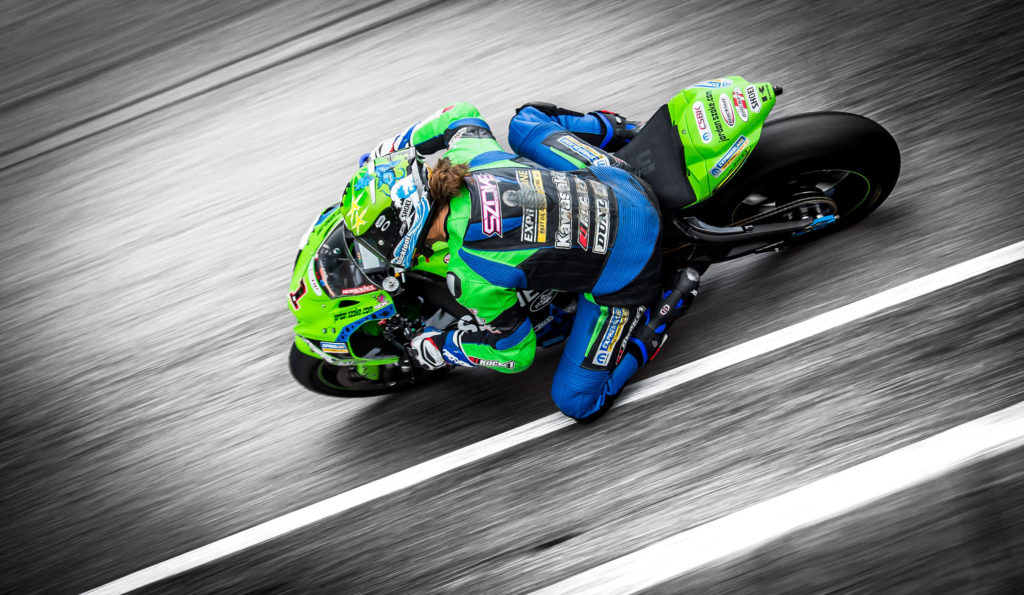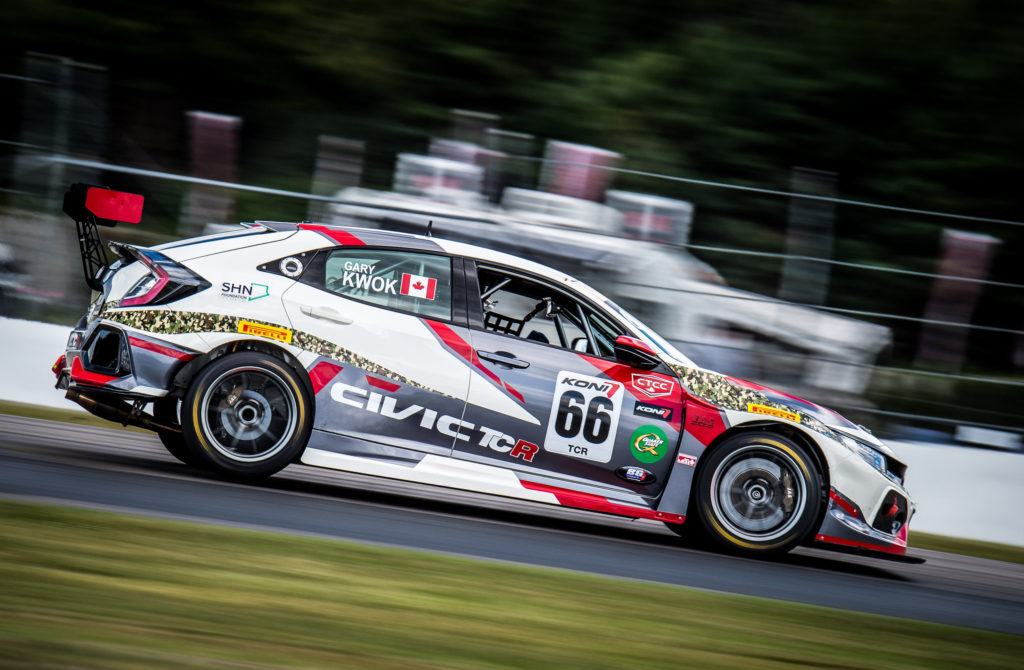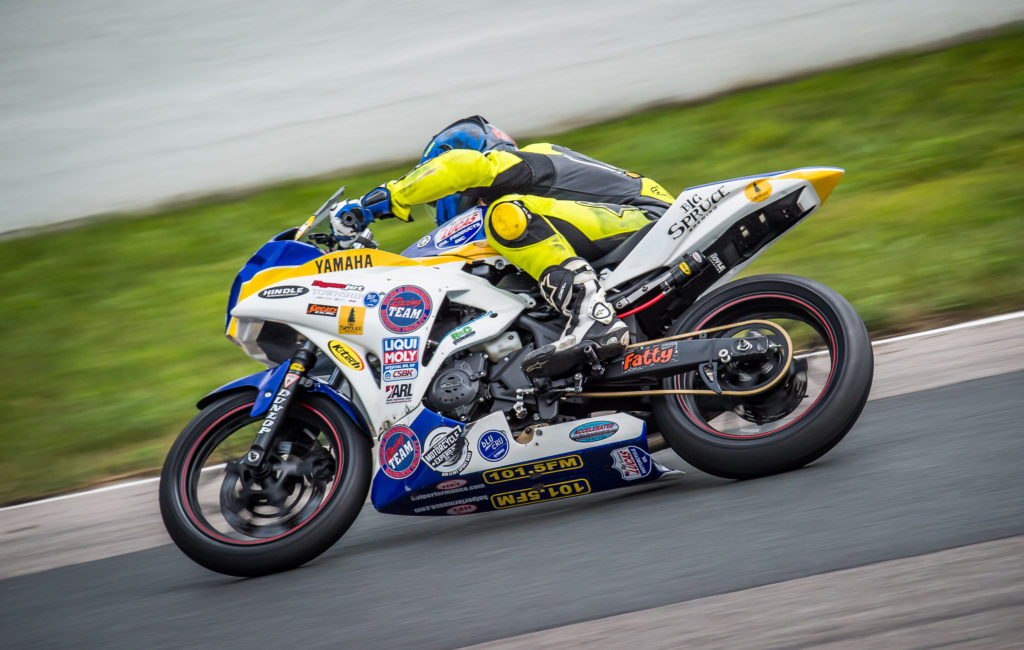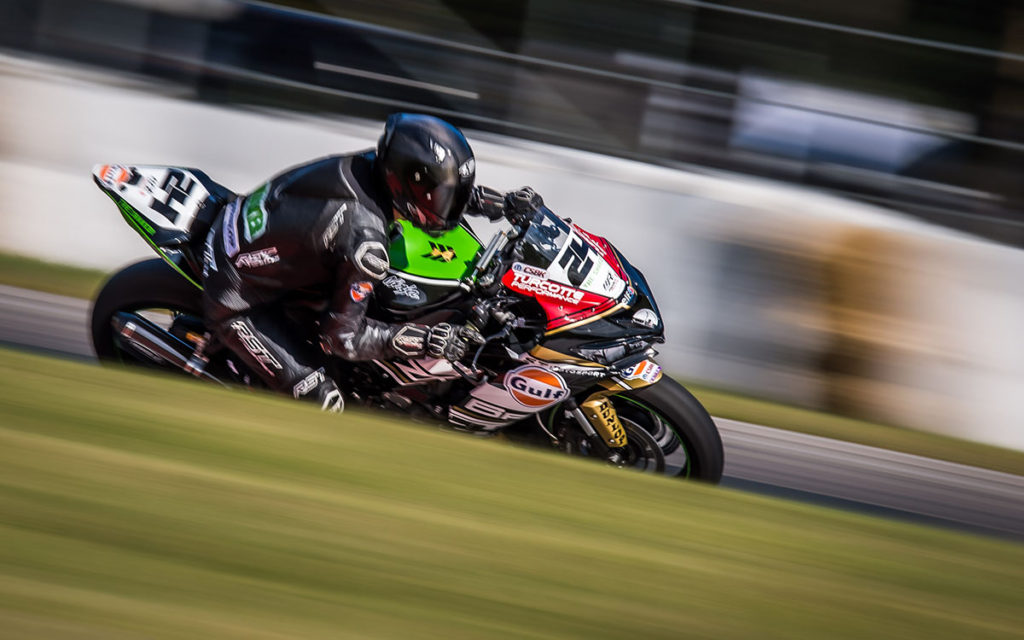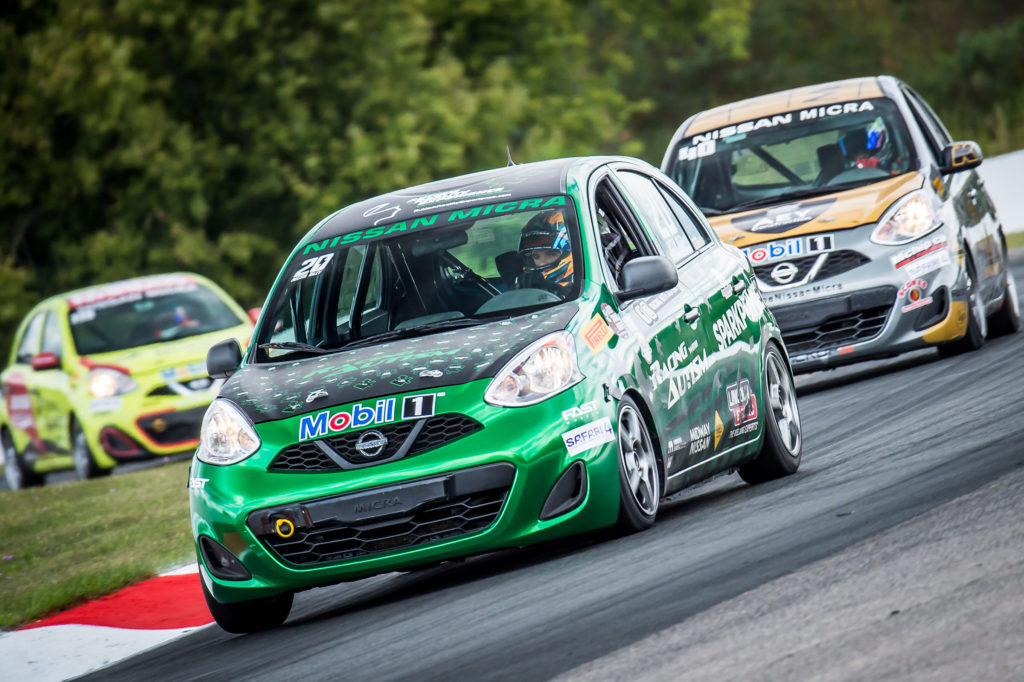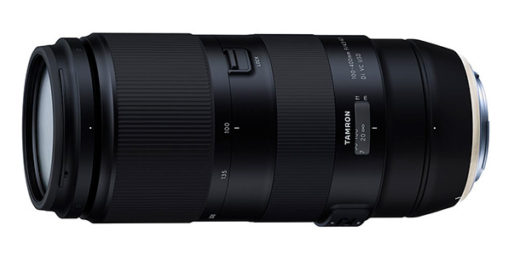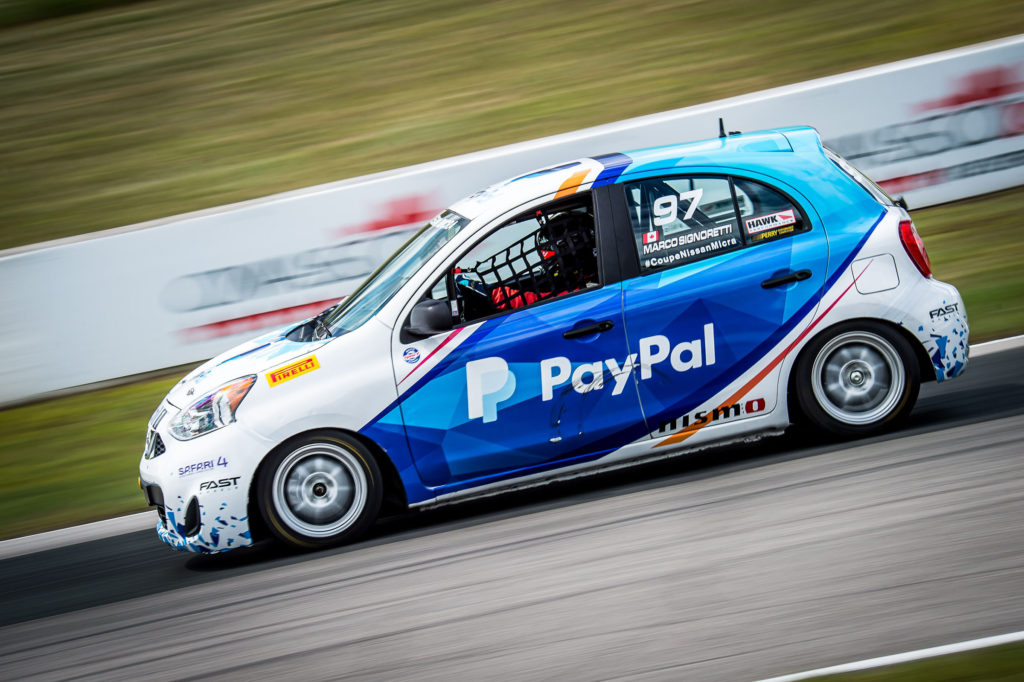A real-world review of Tamron’s 100-400mm F/4.5-6.3 Di VC USD Telephoto Zoom Lens.
13 time Canadian National Superbike Champion Jordan Szoke, Nikon D4S, 100mm, ISO1250, F10 1/320sec
If you are serious about your motorsports photography, then adding a lens like the Tamron 100-400 telephoto zoom to your arsenal is a MUST! At the track, focusing in-tight on the action is the best way to get that great shot!
Introduced in the fall of 2017, this was the first lens of this range in the Tamron lineup. Tamron is well known for its optics and their telephoto zoom range has one more addition now. While I’m writing this based on its use for motorsports, this lens has applications in wildlife, birding, other outdoor sports, and any other situation needing a greater reach to bring the action up close. Indoor use may be challenging due to the smaller maximum aperture.
Recently, I had the opportunity to use the lens at Canadian Tire Motorsports Park, northeast of Toronto, shooting both the Canadian Superbike Championship Series and the support series for the NASCAR Gander Outdoors Truck Race.
My first impression was quite good. When I picked this lens up, the very first thing I noticed was the feel and construction. When I mounted in on my Nikon D4S, the mount was very solid and the lens had a great feel. Very solid with a good heft and weight to it, but not too heavy. This is important as I will mention later. The zoom and focus controls moved well and weren’t sloppy or tight. As the saying goes … it was “just right”.
The controls are standard. A good size zoom ring and a standard focus control with nice rubber rings. There are switches for auto focus or manual focus, Vibration Compensation settings (VC1, VC2 and OFF) and a window for the focus distance indicator. Also, there is a zoom lock at the 100mm position that is used to prevent the lens barrel from extending when being carried.
The front filter thread is recessed into the front of the lens by several millimetres which is nice to prevent any interference with use of the filter (such as a polarizer or variable ND filter) and the lens hood has a good solid bayonet mount. During my four days of use, it never loosened or fell off during my off-road excursions – something that can’t be said for my standard 70-200 lens.
Once I hit the track, I was determined to give the lens a good workout. I went to one of my favourite locations where I was familiar with the bike’s movement and how to track and pan the subject.
The lens has a good weight to it as I said, and it is easy to hold and pan with, so I just went hand-held. No issues over several hours of use. While an optional tripod ring mount is available, you don’t really need to use this lens on a monopod or a tripod. Once the bikes started their session, I got started.
The lens has two VC settings: VC1 for use where the camera is stable and VC2 for panning a fast-moving subject with the compensation being on one plane only. For stable subjects, I found the VC1 worked VERY well, even out to 400mm hand held but I found early on that VC2 was not up to the task. The best thing to do is to turn this off when panning. Your hit rate will be higher. Remember though that panning is something that needs practise and any vibration compensation is not a magic wand to improve your results.
Nikon D4S, 150mm, ISO640, F6.3 1/320sec
I was impressed with the results. I tried some higher speed pans to blur wheels and tires. Off-side shots show the rider’s / driver’s sponsors and the speed, but a good low-speed pan really shows the speed and action. In both of these situations the Tamron 100-400 performed very well!
Nikon D4S, 400mm, ISO1600, F9 1/400sec
Nikon D4S, 400mm, ISO100, F11 1/80sec
For slow shutter speed pans, you always want the rider’s number or helmet to be sharp. Blurriness shows speed and the overall feel of the image. The focus worked well in these situations shown, locking on the subject.
There are several different situations in shooting motorsports that will show the AF performance of a lens. Two of the key ones are shooting with the subject moving parallel to you or moving towards or away from you.
For the shots above, the subjects were moving parallel so the lens had no issues locking on and tracking.
For some shots, you will be shooting with the cars approaching you more directly. In these situations, I found that if the subject was at a greater distance, there were no issues. However, with the subject closer, say about 30m or so, you need to think carefully about the setup. Zone focus and set a manual focus where the subject will be when you shoot. With closer distances, the lens needs to focus faster so track carefully, watch the distance and consider using a manual focus-trap type of setup. There are few lenses that will focus on and track a close, approaching superbike travelling at race speeds!
As a photographer, my main objective is sharp, usable images for the magazine. In general, the lens performed well with its corner sharpness and chromatic aberrations. I noticed in a few shots at 400mm where the corners were slightly soft, but I had no issues with CA. This is easily adjusted in Lightroom or other programs.
There was very little vignetting and the bokeh in my pans looked good. I didn’t notice that the out-of-focus areas were objectionable at all … very smooth and attractive. I do add some vignetting in my standard post-processing presets to make the subject pop a bit more, but looking at the raw images, there was little objectionable vignetting to speak of.
Considering the above, and adjusting the focus and VC accordingly, the results were very good. As well, given my use of this lens hand-held (I usually use a monopod), I was impressed and the results speak for themselves. Well done Tamron!
Overall, I found the Tamron 100-400 Telephoto Zoom lens to be a nice lens. Very good sharpness and clarity, with well-handled aberrations and good, real-world performance for the price.
Nikon D4S, 400mm, ISO1000, F7.1 1/500sec
Tamron 100-400mm F/4.5-6.3 Di VC USD Telephoto Zoom Lens:
Pros:
- Competitive price.
- High quality images – great sharpness and clarity.
- High build quality – good feel and handling.
- Compact design and light weight for all day use.
- No visible issues with flare or ghosting in my experience.
- No objectionable vignetting and bokeh looked good.
- Programmable Vibration Compensation algorithms via the TAP-in Console.
Cons:
- VC2 for panning is not recommended.
- Focus speed at closer distances of fast moving subjects is poor. Using a zone-focus or focus-trap method is recommended.
- For those who want it, the tripod mount is an optional item.
Nikon D4S, 150mm, ISO640, F6.3 1/320sec
Tim McGill is a Senior Photographer for Inside Track Magazine and shoots motorsports for both Inside Track and Inside Motorcycle Magazines, two leading Canadian motorsports magazines. Tim is also experienced in portrait/studio photography. Tim provides practical workshops in motorsports and portraiture/model photography to local camera clubs and groups in and around the Greater Toronto Area. He can be reached at timmcgillphotography@gmail.com



